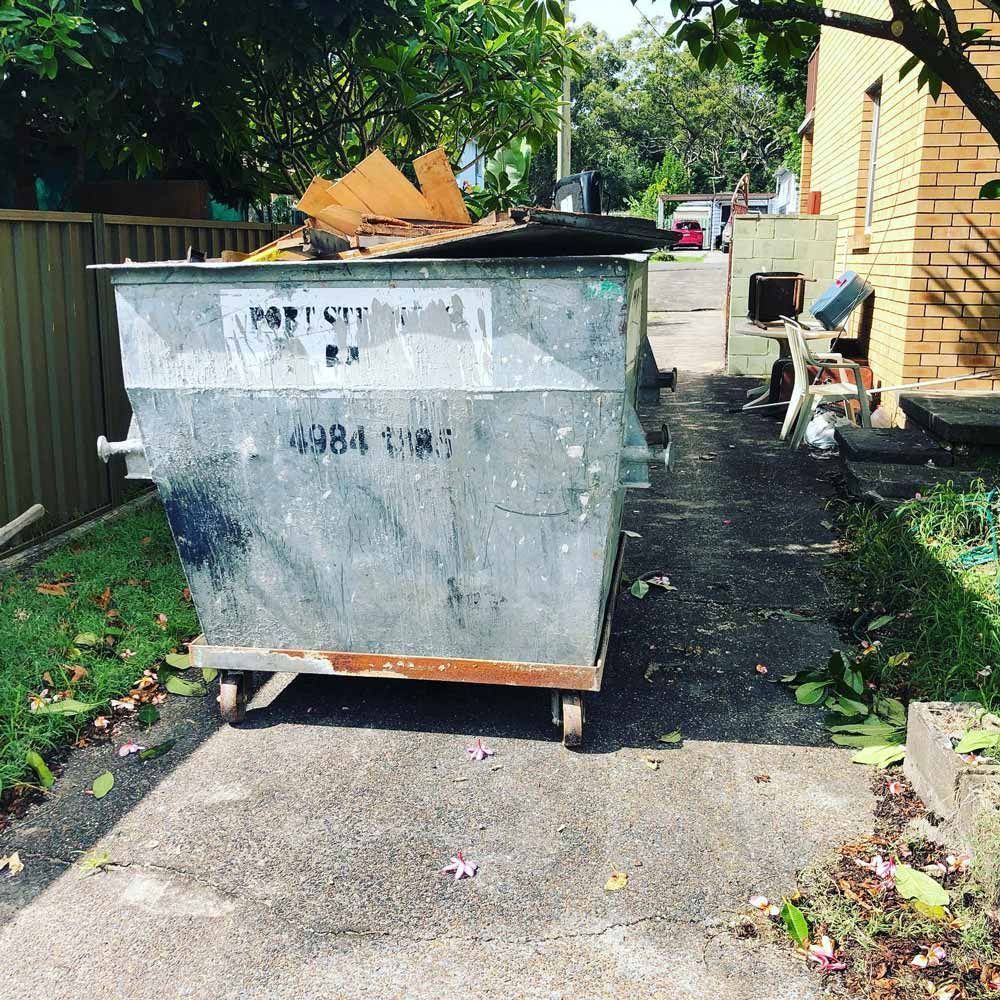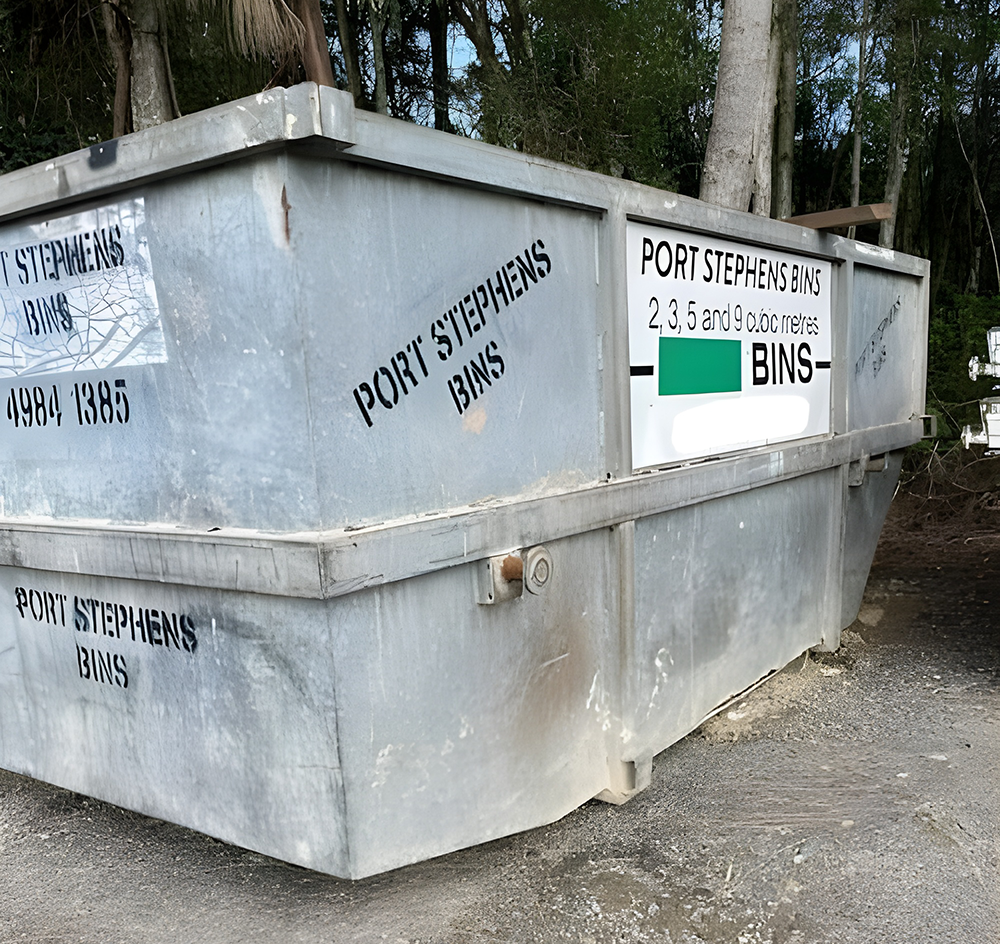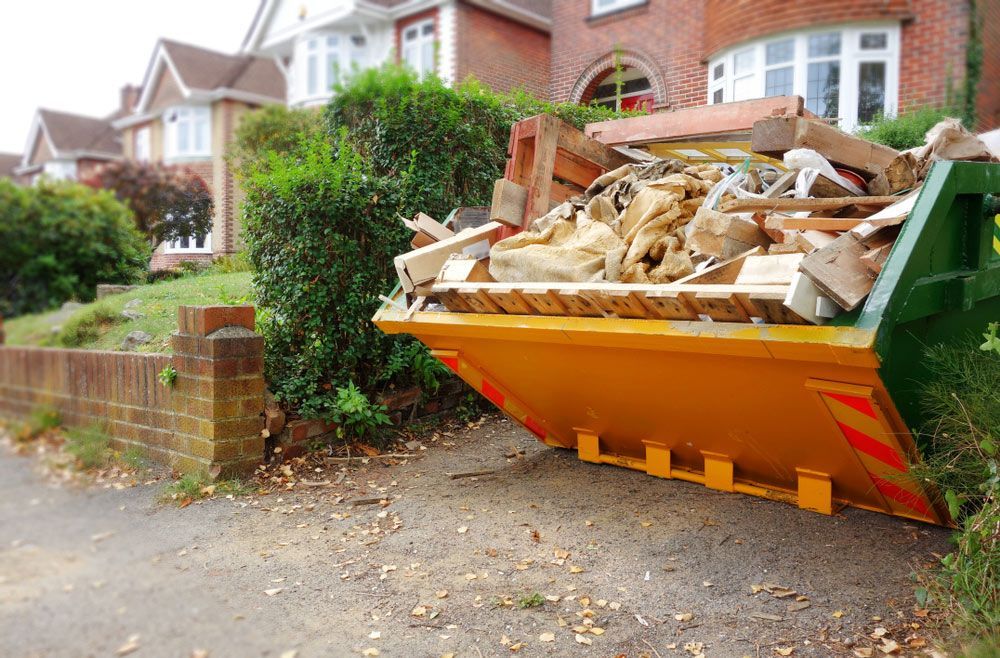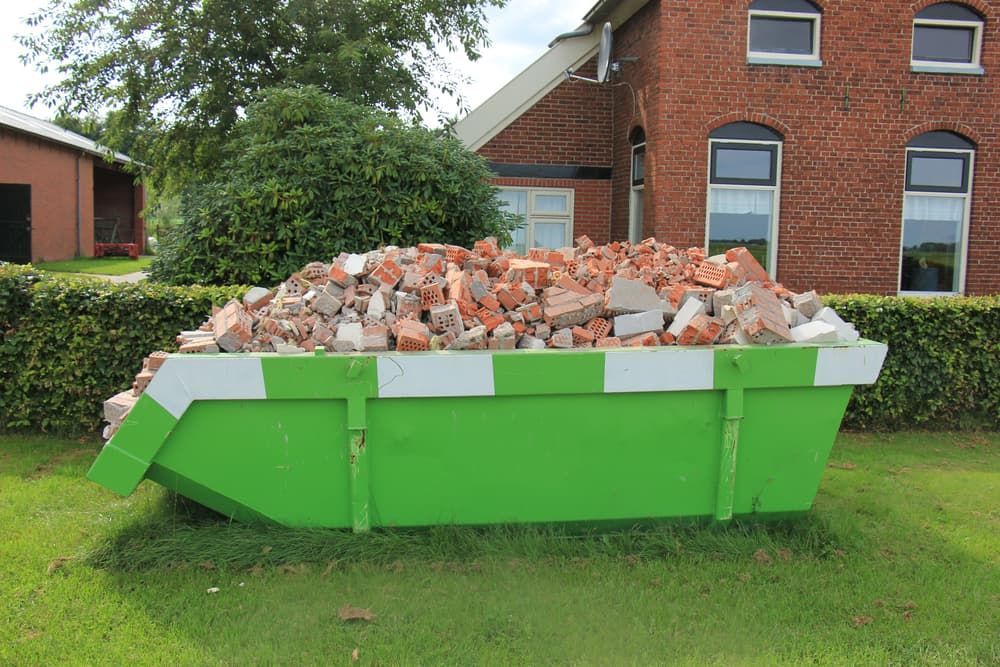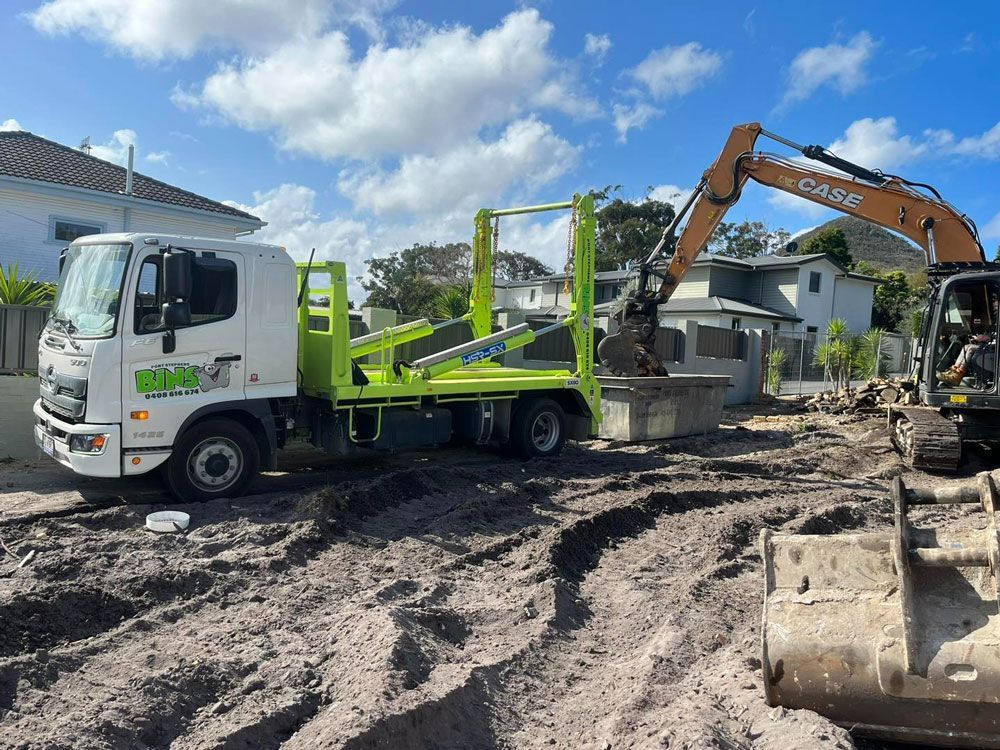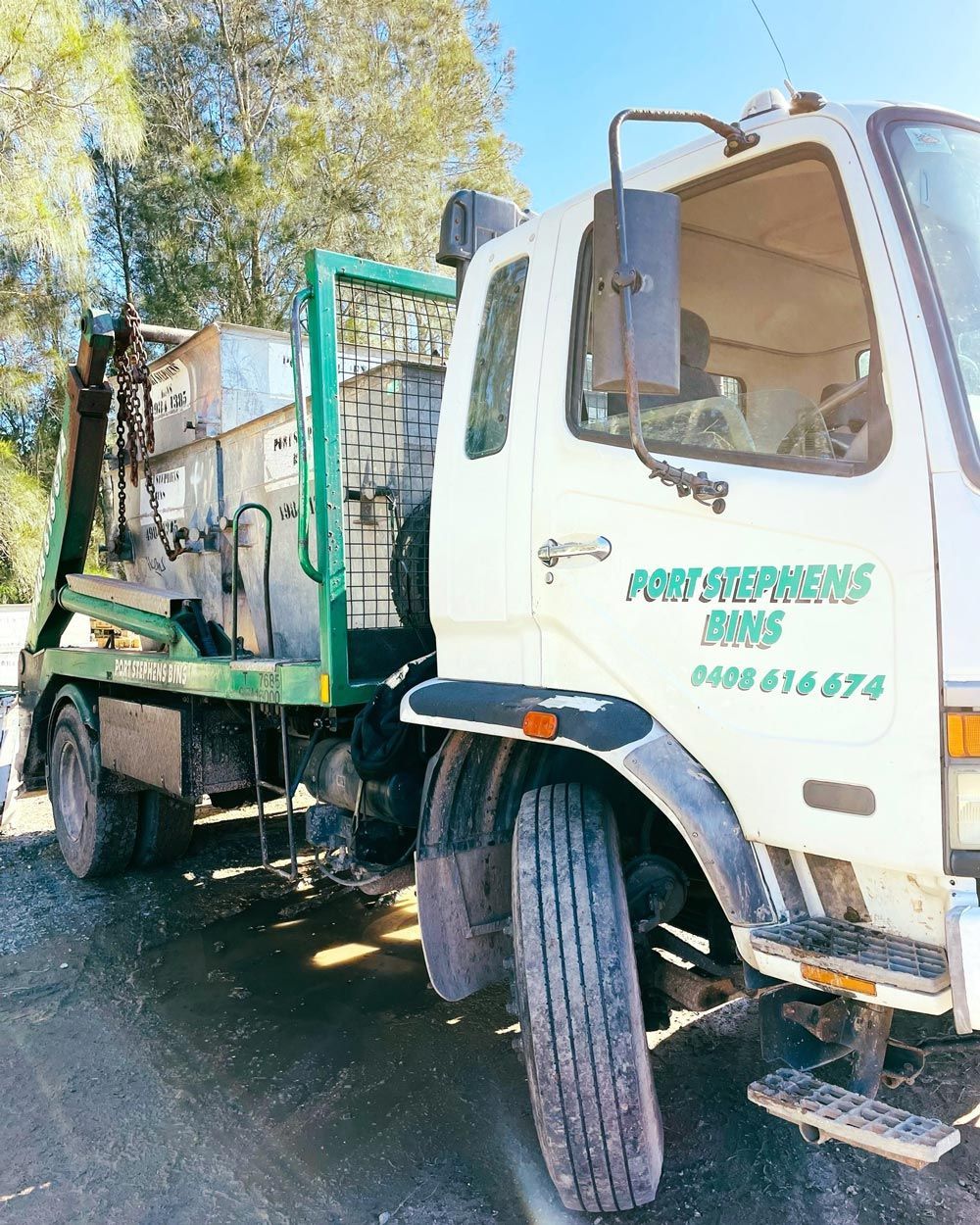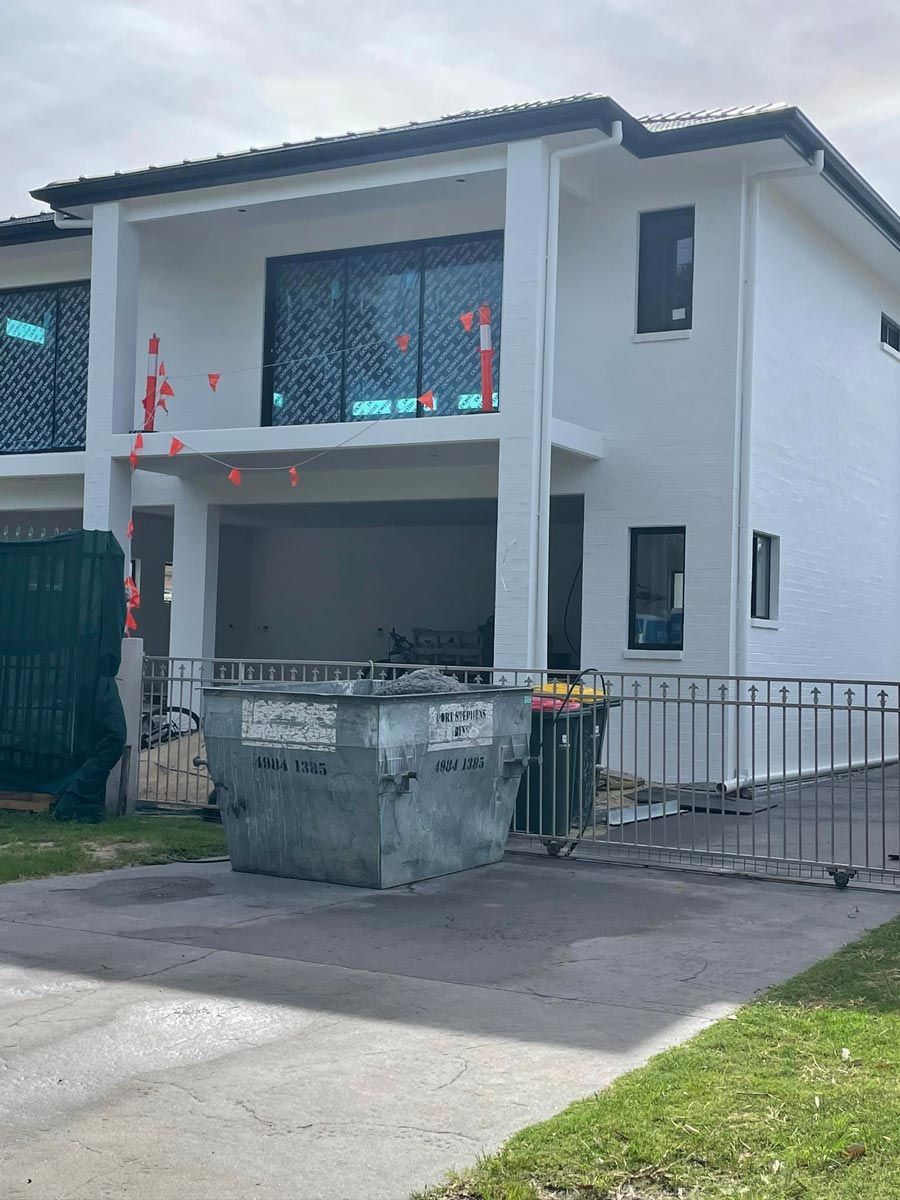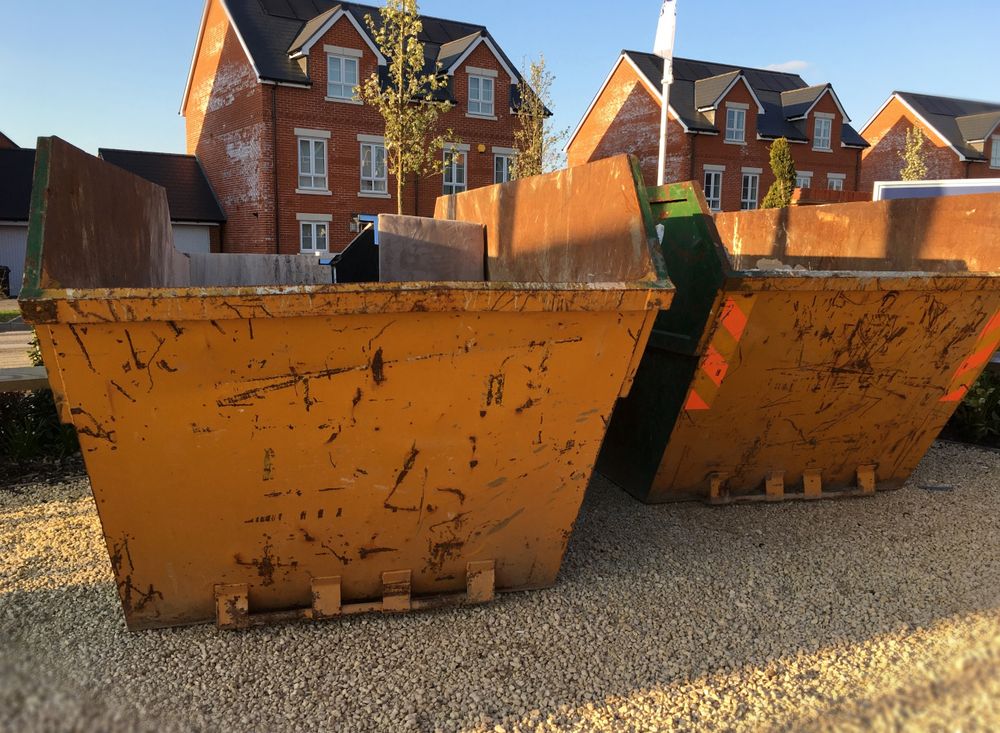Preparing Your Property For Skip Bin Placement
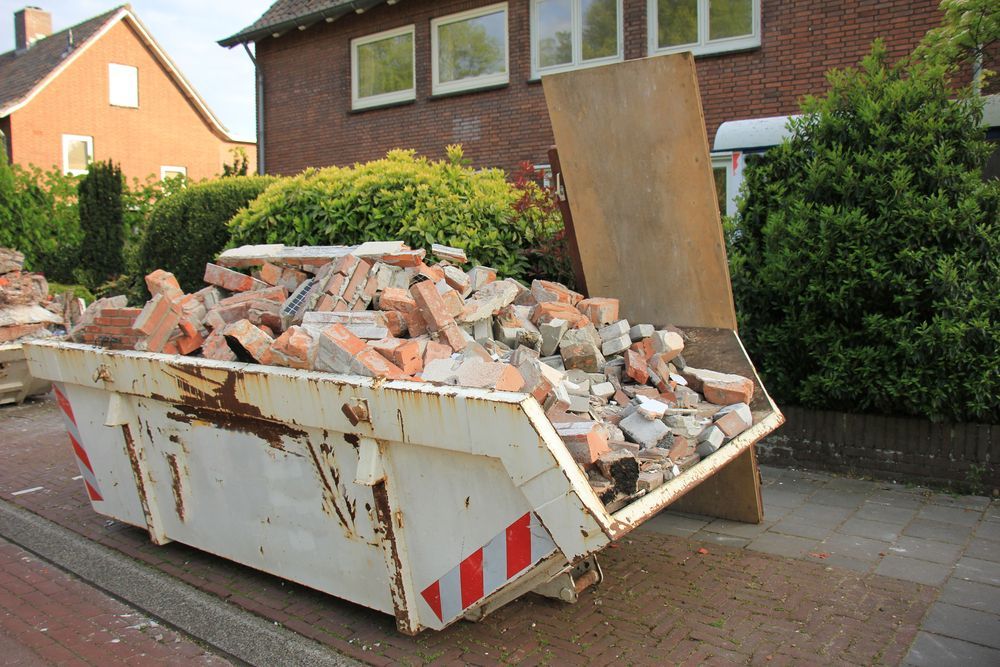
When you’re about to hire a skip bin for a home renovation, garden clean‑up, rental tidy‑out or commercial project, the way you prepare your property can make a big difference. If you’re using skip bin hire in Port Stephens, getting key things in place ahead of delivery helps the process run smoothly, avoids damage to your site, and ensures you maximise the value of your hire period. Below is a practical guide to help homeowners, renovators, builders and property managers prepare for skip‑bin placement.
Choose a Suitable Location for the Skip Bin
Selecting the right spot on your property is one of the first steps. A suitable location will allow safe delivery and pickup, easy loading access and minimal disruption to your site or neighbours.
Things to check and organise include:
- Make sure there’s a flat, stable surface for the bin. If the bin is placed on a driveway or paved area, confirm it’s level and can bear the weight of the bin plus contents.
- Ensure the bin's location allows clear access for the delivery truck; measure gate widths, overhead clearances and check for obstacles.
- Consider whether the bin will obstruct driveways, walkways, outdoor living spaces or vehicle movements, and reposition if needed.
- Protect surfaces beneath the bin (especially if on lawns, pavers or driveways) by placing timber or plywood sheets underneath or using protective mats.
- By planning the right placement you’ll help the skip‑bin provider deliver and collect without delays or damage to your property.
Ensure Truck Access & Safe Delivery Path
Even if your location looks fine from the driveway, logistics matter. The skip‑bin truck needs to manoeuvre to the site safely, position the bin precisely and leave again without hazard.
Key access considerations:
- Confirm there is sufficient width and height clearance along the delivery path (including under trees, carports or low eaves).
- Verify that the surface is firm and won’t sink under load—so avoid placing bins on soft lawn, sand or newly‑laid turf unless waterproof baseboards are in place.
- Identify any parked vehicles, landscaping features or site materials that could interfere with the truck’s movement and clear them beforehand.
- Check that the delivery area is free of overhead wires, cables or services that could be at risk during bin placement.
- Good preparation here ensures the delivery goes smoothly, the bin is placed correctly and your project timeline stays on track.
Protect Driveways, Footpaths & Landscaping
Skip bins can be heavy, and loading them can create wear on surfaces. Protecting your property and surrounding elements helps avoid damage and spares you repair costs later.
Here are protective steps to take:
- Place timber boards or heavy‑duty mats under the bin’s footprint to distribute weight and reduce surface indentations.
- Avoid placing the bin directly on soft paving, newly installed tiles or crumbly surfaces; look for more robust alternatives.
- Cover adjacent landscaping, garden beds or delicate plants to prevent dust, debris or stray materials from causing damage.
- If the bin will be placed on a verge, footpath or public area, check local regulations about surface protection, damage liability and required permits.
- By protecting your surfaces and surroundings in advance you’ll maintain a clean, safe and professional jobsite appearance.
Check Permit & Council Requirements for Placement
Depending on where you place your bin, you may need a permit or approval from local authorities. Planning ahead here avoids fines or interrupted service.
What you should check:
- If the bin will be located wholly on private property (driveway, yard) you may not need a permit, but if it sits on a road, verge or footpath you’ll likely need approval from the local council.
- Verify with your local authority whether any size, duration or traffic‑management rules apply for skip placement.
- Coordinate with the bin‑hire company to ensure they arrange any necessary permits and that you receive confirmation before delivery.
- Confirm hiring terms such as allowed hire duration, weight limits, prohibited materials and limitations on over‑filling.
- Addressing permit requirements ensures your skip bin hire in Port Stephens meets regulatory compliance and avoids unwanted delays.
Communicate with Yourself & Your Team
A skip bin is part of a project workflow — the more you coordinate, the easier it is to keep things tidy, efficient and safe.
Coordinate these actions:
- Inform all team members, builders, tradespeople, household members or site managers of the bin location, use guidelines and safety expectations.
- Place signage or flags (if needed) around the bin site to alert people of loading zones and traffic movement.
- Define what materials are going into the bin, which items are prohibited (e.g., hazardous waste, liquids) and whether any segregation is required.
- Establish a loading schedule or time‑slot for the bin’s arrival and collection so everyone is ready when it happens.
- Clear communication helps keep your project on schedule, ensures the bin is used safely and prevents unnecessary disruption.
Load the Bin Efficiently to Maximise Space
Getting full value out of your bin hire means loading it smartly. Poor loading wastes space, incurs extra cost and may create safety hazards.
Here’s how to load the bin effectively:
- Begin with heavy, flat items (e.g., sheets of timber, metal off‑cuts) laid flat on the base to create a stable foundation.
- Place lighter, irregular items like garden green‑waste, soft furniture or bulky packing on top of the heavier base layer.
- Break down large items where possible — doors, frames, branches — to reduce wasted volume and make the most of cubic capacity.
- Avoid disposing of prohibited items (such as liquids, oils, tyres or asbestos) unless you have arranged specific approval or a special bin.
- By loading your bin properly you’ll steer clear of over‑fill charges, avoid unsafe transport conditions and accomplish your clean‑up more efficiently.
Prepare for Collection & Ensure Final Checks
Once your project is complete or the bin hire period is up, you’ll want collection to go smoothly and avoid any extra costs or delays.
Final steps to take:
- Confirm pickup date and time with the service provider and ensure your site is accessible on the scheduled day.
- Ensure the bin’s contents are level with the rim and not heaped above it to comply with transport safety rules.
- Remove any items outside the bin, tidy the immediate area and sweep up loose debris to leave your property in good order.
- Inspect your driveway or bin area for any surface damage, and if needed, inform the bin‑hire company or document it for warranty purposes.
- Taking these steps ensures the pickup process completes seamlessly and your clean‑up concludes on a high note.
Ready to Book Your Skip Bin?
If you’re planning a renovation, site clean-out, garden overhaul, or commercial project and are looking for reliable skip bin hire, having everything in place beforehand makes a significant difference. Whether you’re a homeowner, builder, renovator or property manager, thoughtful preparation ensures your job goes faster, easier and with fewer surprises. Contact Port Stephens Bins for reliable skip bin hire and choose the right size, delivery slot and support you need to get started.

